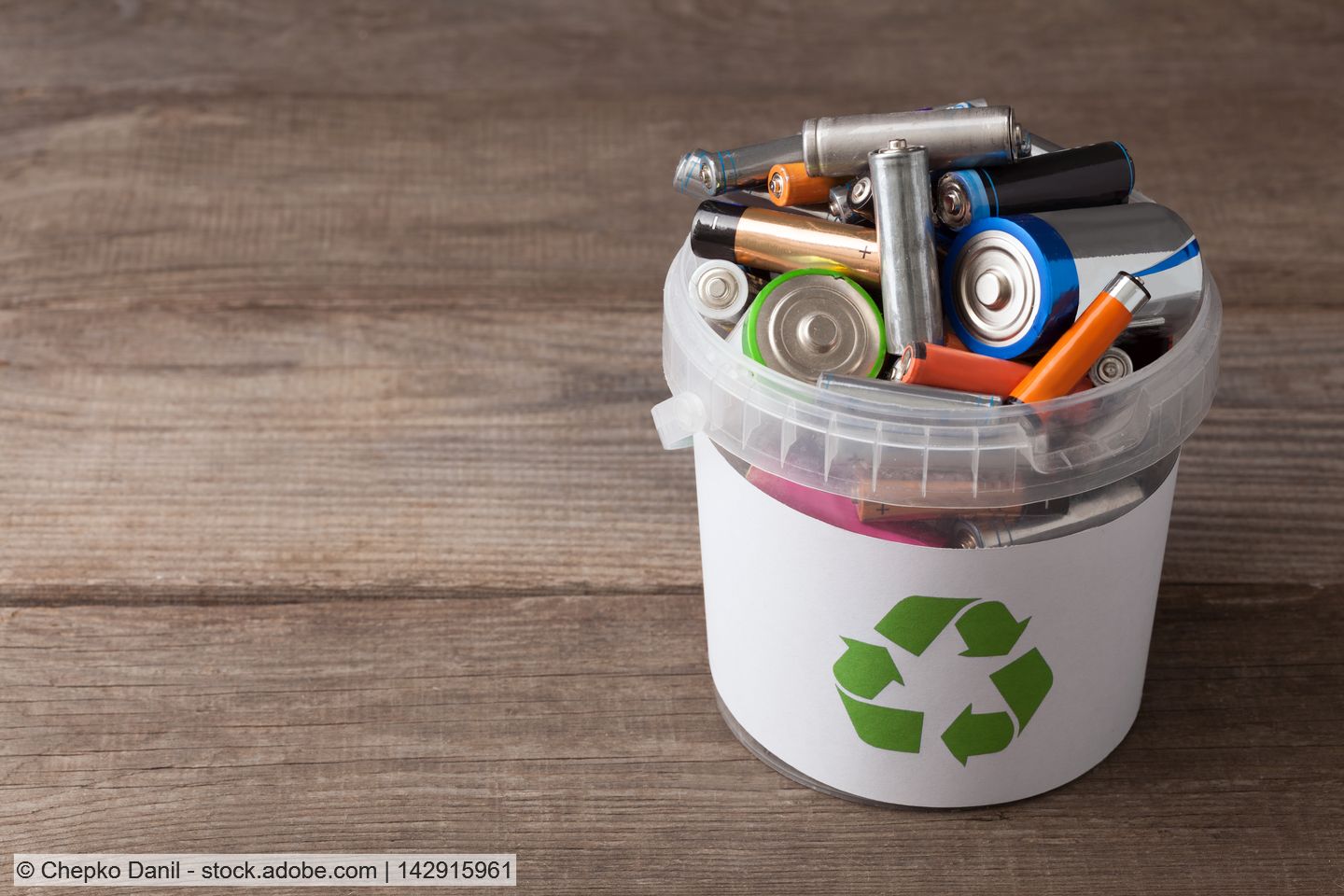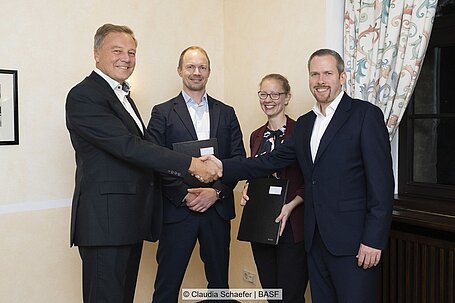The European Parliament held its first reading of new Battery Regulation this week. Compared to the EU Commission's original proposal, the plenary voted for higher collection targets and for more ambitious minimum recycling rates for certain battery types. However, MEPs did not support the introduction of a deposit return system for portable batteries, but asked the Commission to assess this option by 2025. With regard to the controversial recycled content mandates for new batteries, the plenary only partially followed the recommendations of its Environment Committee.
The minimum collection rates for waste portable batteries were raised by the Parliament to 70 per cent by the end of 2025 and to 80 per cent by the end of 2030. The EU Commission had put forward an increase to 65 percent by 2025 and to 70 per cent by 2030 in its proposal for the new Regulation.
In addition, the EU Parliament voted for the introduction of a new category for batteries from "light means of transport" (LMT), for instance from electric bicycles or e-scooters. This category is to cover all batteries weighing up to 25 kilograms that are used in vehicles powered exclusively by an electric motor or by a combination of motor and muscle power. At least 75 per cent of end-of-life LMT batteries are to be separately collected by the end of 2025. By the end of 2030, the collection rate is to reach at least 85 per cent, according to the amendments adopted in the plenary vote.
Higher material-specific recycling rate for lithium
The Parliament also supported more ambitious targets for the minimum level of lithium to be recovered from batteries. No later than 2026, all recycling processes are to achieve a materials recovery level for lithium of at least 70 per cent. From 2030, this share is to rise to 90 per cent. The European Commission had proposed levels of 35 per cent from 2026 and of 70 per cent from 2030.
Further amendments adopted by the plenary call for higher recycling efficiencies for certain battery chemistries than the quotas originally put forward by the Commission. In addition, MEPs supported introducing a minimum recycling efficiency for nickel cadmium batteries of 85 per cent from 2025. The plenary did not change the minimum quotas proposed by the EU Commission for lead and lithium batteries, but raised the minimum recycling efficiencies for all other battery chemistries from 50 per cent from 2025 to 70 per cent.
More batteries to contain minimum share of recycled material
The plenary did not change the minimum shares of recycled content which the EU Commission proposed for new batteries. They stand at 12 per cent for cobalt, 85 per cent for lead and 4 per cent for both lithium and nickel from 2030. From 2035, the minimum recycled content is to be raised to 20 per cent for cobalt, 10 per cent for lithium and 12 per cent for nickel.
While the Parliament left these requirements unchanged, it adopted amendments expanding their scope. While the EU Commission proposed such quotas only for industrial, starter and electric vehicle (EV) batteries, the EU Parliament supported extending them to portable batteries and batteries for light means of transport....




